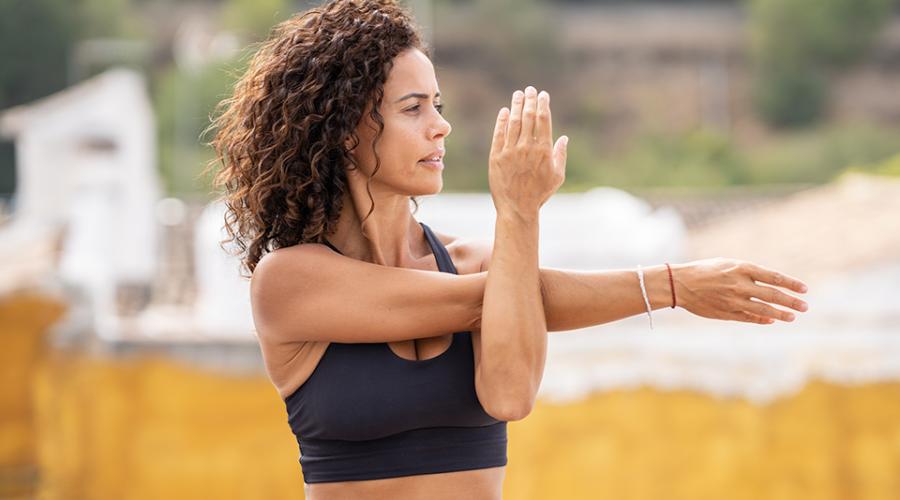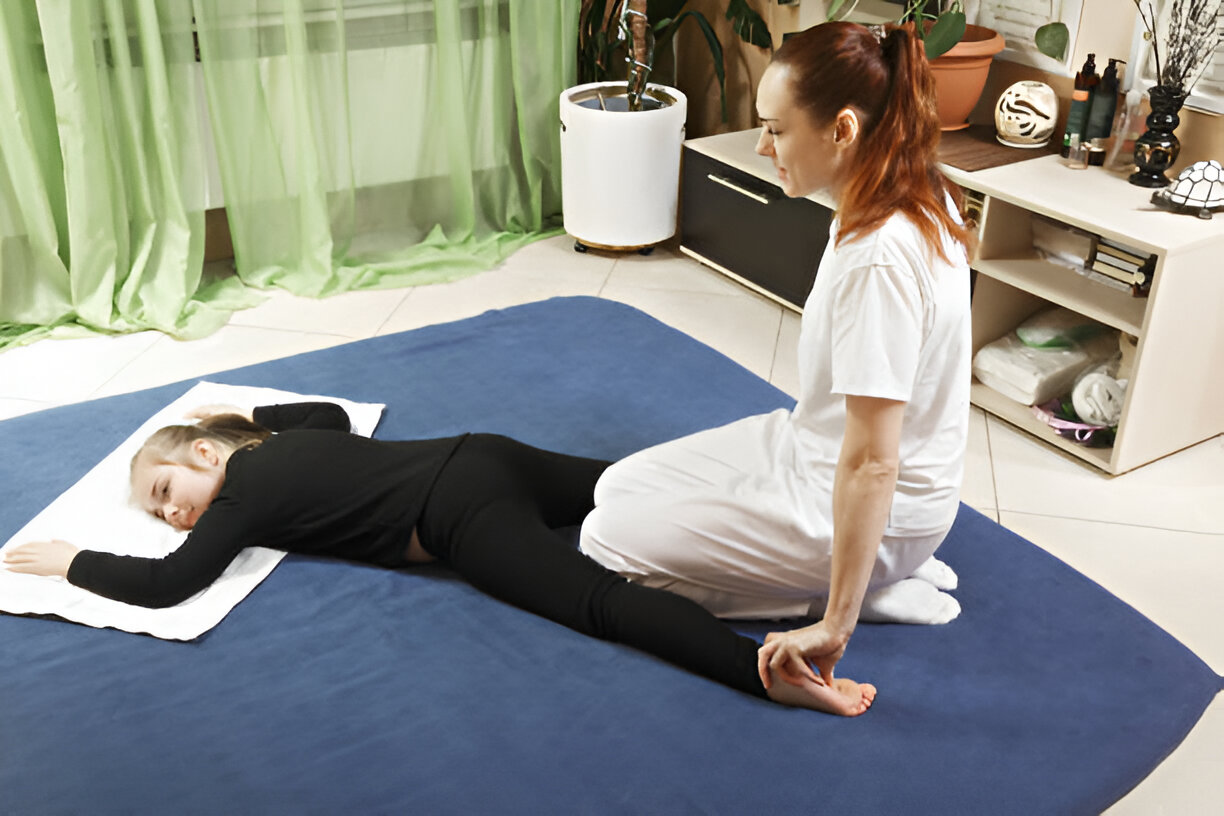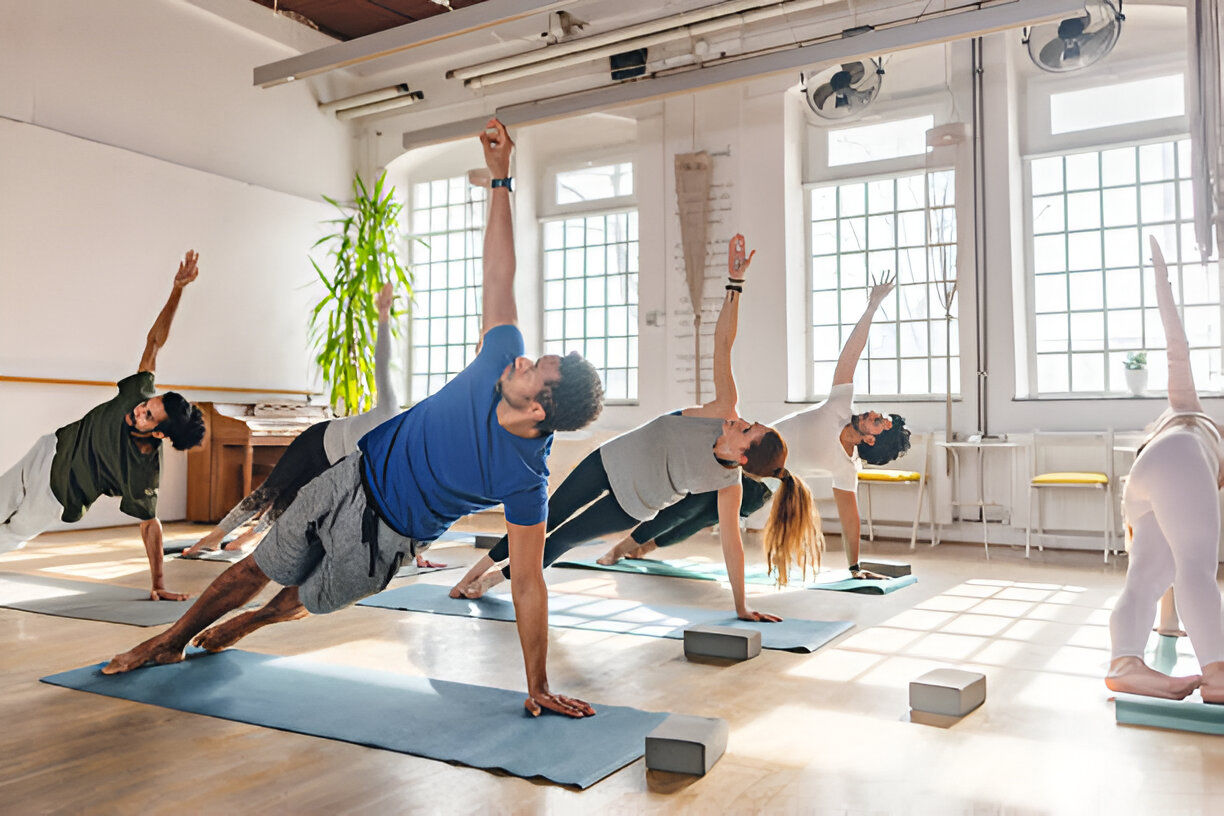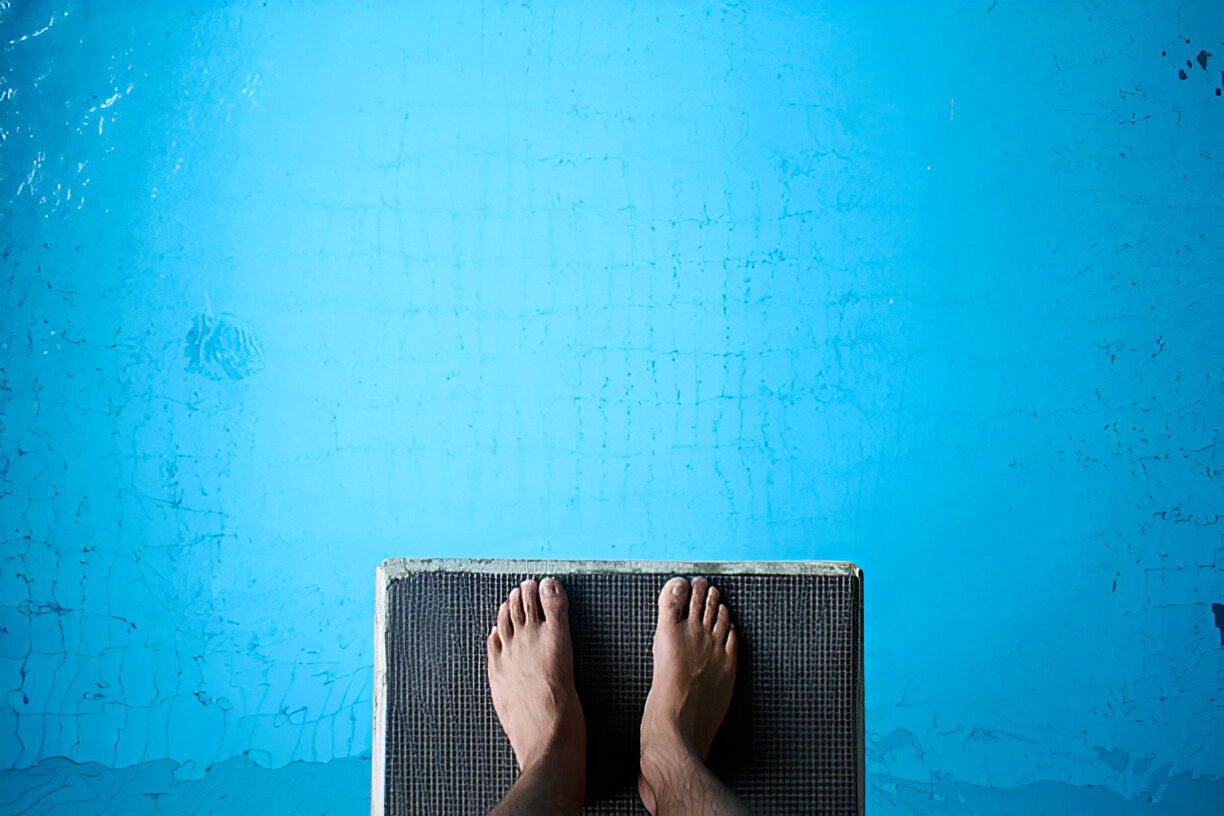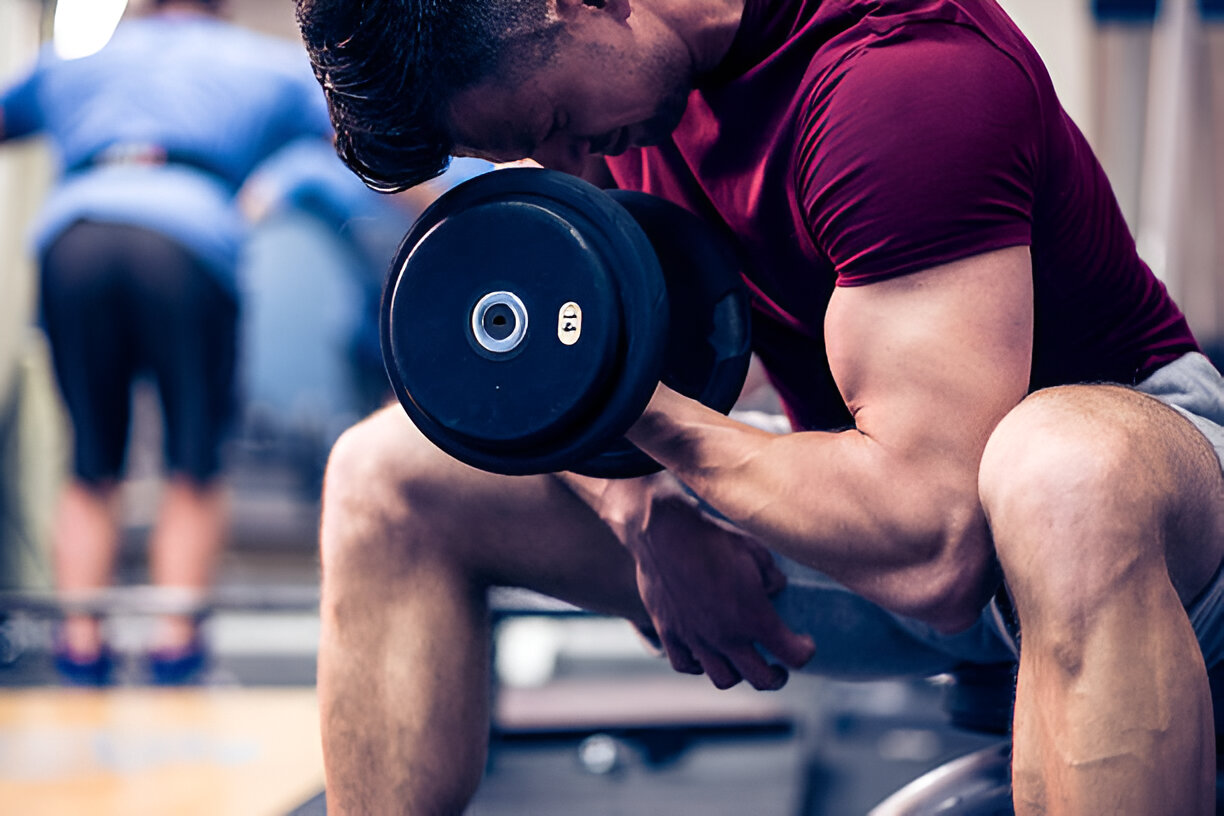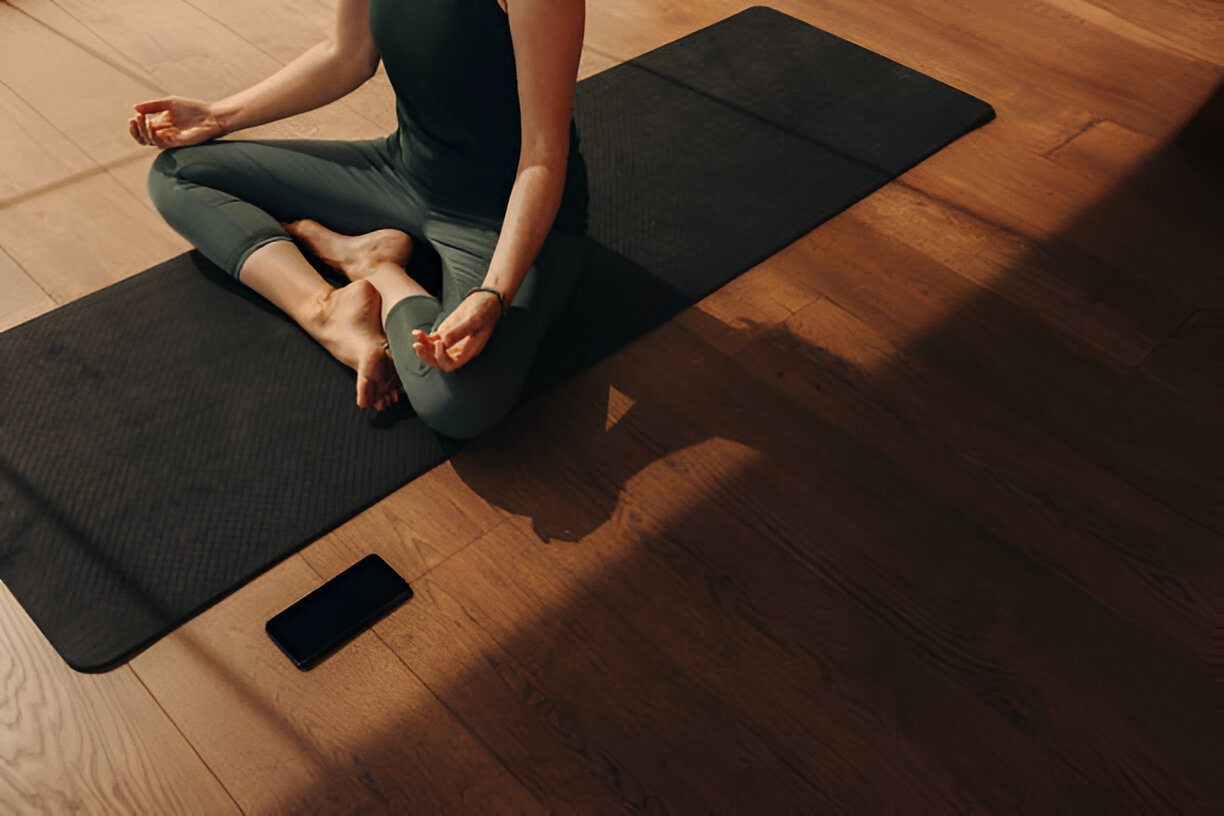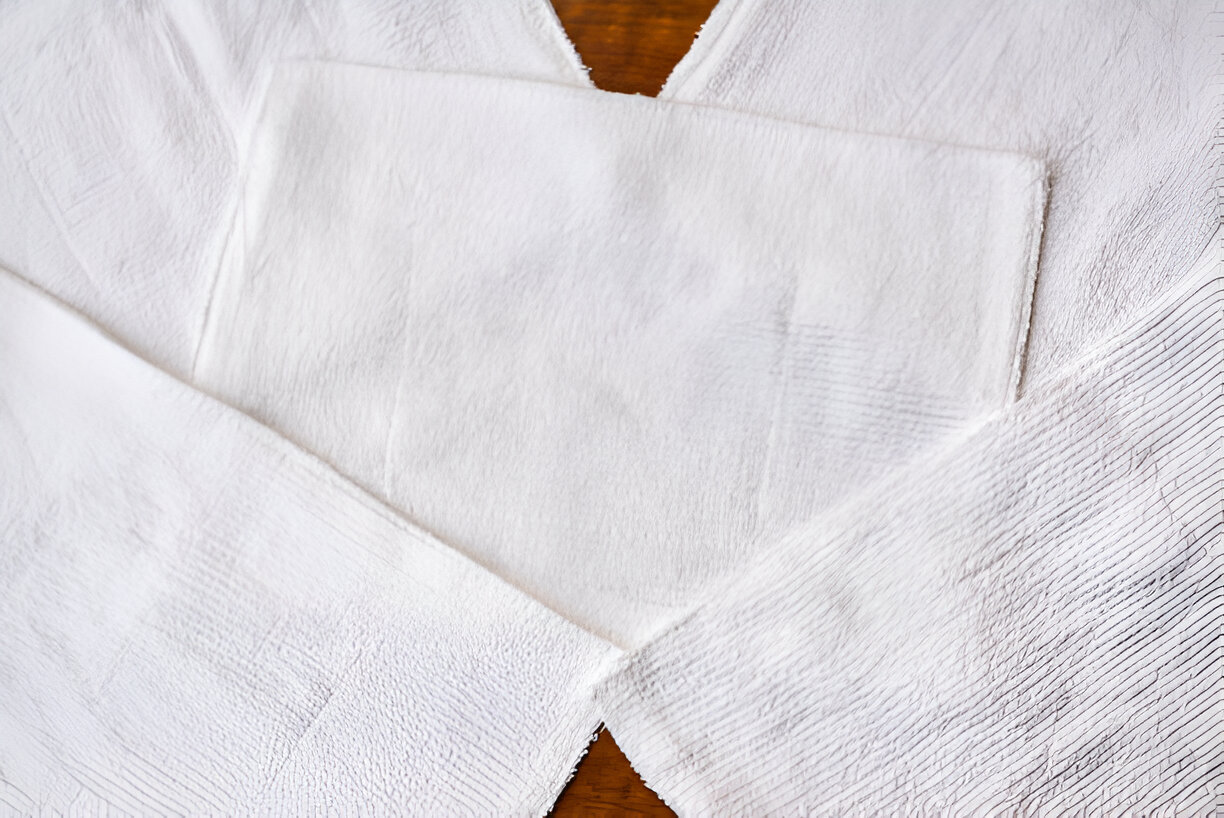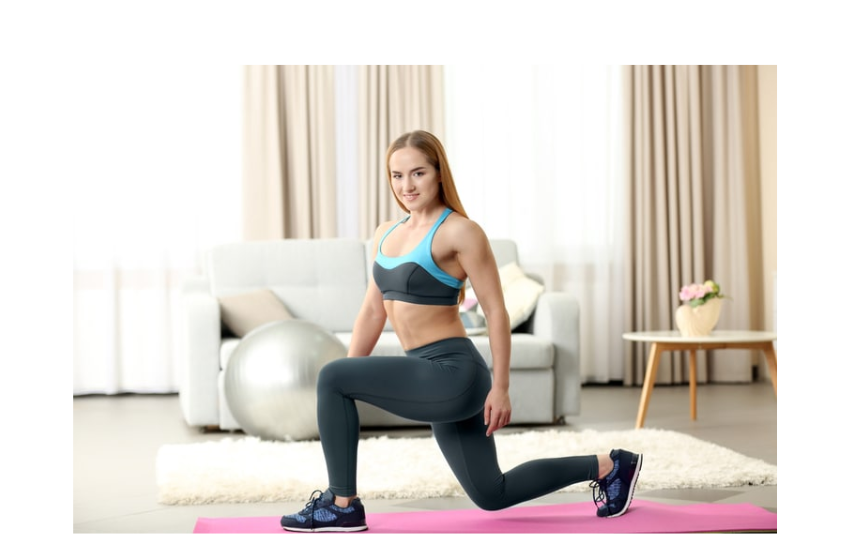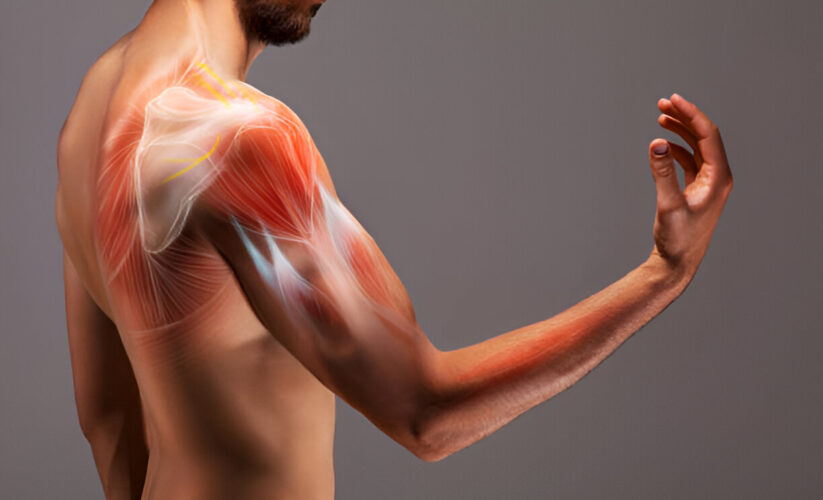

Your shoulders take part in almost everything you do, from brushing your teeth to lugging your laptop to performing downward facing dog. But because they’re ball-and-socket joints, shoulders also can be more vulnerable to injury, particularly in women.
The problem stems from weak upper-body muscles (trapezius, rhomboids, deltoids, and latissimus dorsi), which lend strength and stability to the shoulder joint, says Jeffrey Rupp, Ph.D., associate professor and director of the applied physiology lab at Georgia State University. When any of these muscles grows weak, your chance for injury during normal daily activities goes up. Over time, weak muscles also may result in chronic pain.
To build strength, endurance, and resilience in the shoulder muscles, Rupp suggests the following exercises. Do these moves twice a week, and come summer you’ll be ready to carry a cooler and play hours of tennis. Added bonus: You’ll look great in a tank top.
One-Arm Row
What it does:
Works the rhomboids and latissimus dorsi as well as the biceps, making it easier to pick up heavy items. Also wards off age-related loss of flexibility in the shoulder joint.
How to do it:
Stand with your left side facing the front of a chair that has no arms (you can also use a bench), holding a weight in your right hand. Bend and rest your left knee on the chair, grabbing the side edge of the chair with your left hand; your right arm should extend down toward the floor. Keep your spine straight and core tight. Moving to a three count, bend the right elbow and lift the weight straight up. Slowly return to the starting position using a three count. Complete eight to 12 reps. Switch sides and repeat with weight in left hand.
How heavy?
When you can complete the full range of motion for each exercise at least eight times but not more than 12, you have the right size weights.
Overhead Press
What it does:
Works the deltoids and trapezius, along with the triceps. Builds strength for overhead lifting and movements, making it easier to perform actions such as retrieving items off high shelves or powering up a tennis serve.
How to do it:
Stand tall with a weight in each hand. Keeping your core tight, raise the weights until your hands are at the same level as your ears; palms facing forward and elbows pointing out. This is the starting position. Press the weights straight up to a count of three, then lower them back to the starting position to a count of three. Do eight to 12 reps.


Shoulder Shrug
What it does:
Builds strength and endurance in the trapezius and rhomboids, as well as in the levator scapulae. Helps prevent injuries when performing overhead actions such as lifting luggage into a bin, and makes it easier to carry heavy items for long distances.
How to do it:
Stand with feet hip-distance apart, arms by your sides and weights in your hands. Keeping your body stationary, core engaged, and shoulders down, draw your shoulder blades back so they reach toward each other. Now, to a count of three, slowly lift your shoulders up toward your ears as far as you can go without compressing your neck. Then lower them back to the starting position, also for a count of three. Repeat for eight to 12 reps.









